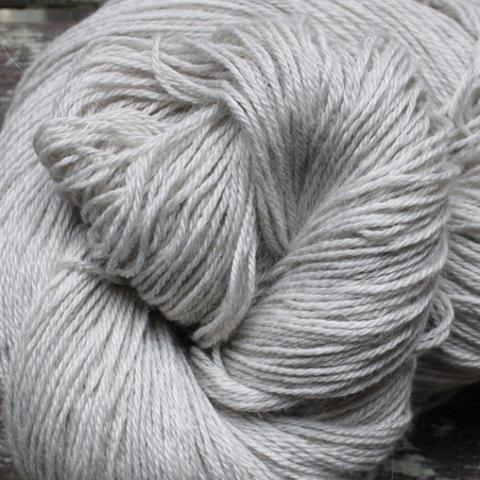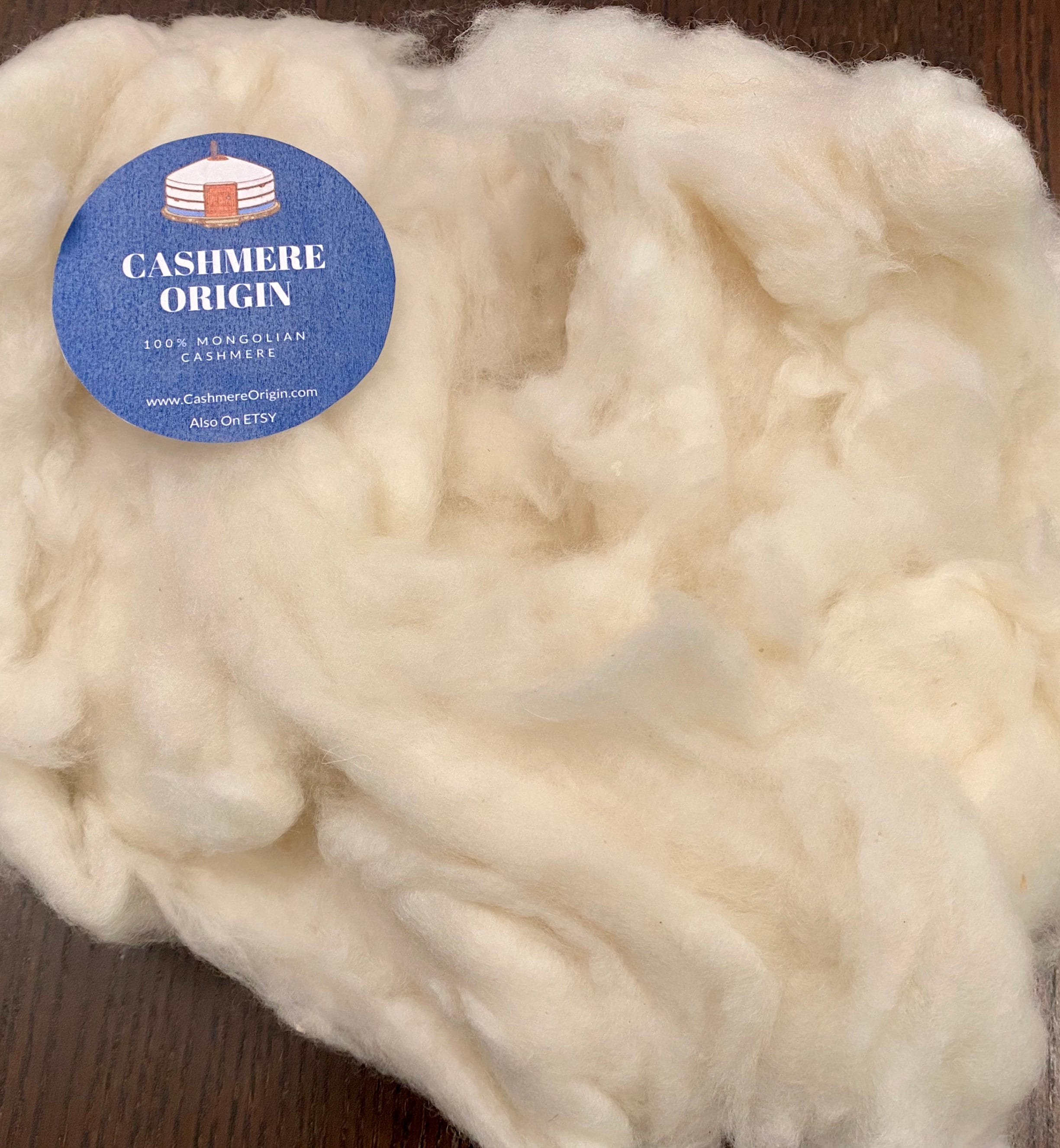What Material Is Cashmere? Understanding Its Distinctive Characteristics and Uses
What Material Is Cashmere? Understanding Its Distinctive Characteristics and Uses
Blog Article
Discover the Appeal of Cashmere an All-natural Fiber: Why It's a Must-Have in Your Wardrobe
The attraction of cashmere, a high-end natural fiber, transcends simple aesthetics. Stemming from the Kashmir area, this light-weight yet sturdy product has actually woven its method into premium style because of its special buildings and flexible allure. From reviewing its intriguing beginning to understanding its manufacturing quality, procedure, and treatment, it deserves checking out why cashmere holds such an unique place in the globe of fabrics. Discover the refinement and compound of this fiber as we start an exploration of its attraction.

The Beginning and Background of Cashmere: A Brief Summary
While lots of might check out cashmere as an easy deluxe, its background is soaked in rich social tradition. Originating from the Kashmir area in India, cashmere wool has been created for thousands of years. The fiber is obtained from the soft undercoat of cashmere goats, harvested throughout their molting season. As a valuable asset, it was traded along the Silk Roadway, coming to be very valued in Europe in the 18th century. The name 'cashmere' is an old English derivation of Kashmir. Despite its international appeal, the bulk of cashmere manufacturing still remains in Asia, especially China and Mongolia. This historic journey highlights the social importance of cashmere, transforming it from a local specialty to an international deluxe.
Comprehending the Special Features of Cashmere Fiber
While other products may use down over time, cashmere maintains its high quality, making certain resilient wear. Cashmere has an unique visual allure. Comprehending these homes clarifies why cashmere is not just a deluxe, but a rewarding financial investment for any closet.

The Process of Making Cashmere: From Goat to Garment
To appreciate the elegant homes of cashmere completely, one need to comprehend its trip from the raw fiber to the ended up product. The process starts with the cashmere goats, predominantly found in Mongolia, China, and Iran. The soft undercoat of these goats, collected during their natural molting season in springtime, offers the raw material. This delicate fiber is after that carefully divided from the coarser external hair in a labor-intensive procedure known as dehairing. The pure cashmere is after that dyed, rotated right into thread, and lastly knitted or woven into the desired garments. Each step is diligently executed to protect cashmere's significant warmth, soft qualities, and sturdiness. This intricate procedure causes the development of a truly glamorous textile.

Translating the High Quality and Rate: Why Is Cashmere so Expensive?
The high cost of cashmere garments typically he said leaves consumers questioning his explanation its justification. The cost stems largely from the difficult manufacturing procedure. is cashmere a natural fiber. Cashmere originates from the fine undercoat of the cashmere goat, with each goat producing a mere 150 grams yearly. The labor-intensive process of brushing and gathering the uncommon fiber considerably drives up the cost. In addition, the handling of raw cashmere needs both time and experience, with the fibers needing to be thoroughly arranged, cleaned, and spun. The scarcity of pure cashmere, paired with its exceptional gentleness, heat, and longevity, warrants its luxury status and high cost. These factors integrated make cashmere a pricy yet extremely in-demand commodity worldwide of fashion.
Cashmere in vogue: The Flexibility and Ageless Charm
Despite its high price, the ageless charm and adaptability of cashmere have strengthened its area in the realm of fashion. The functional nature of cashmere allows for its integration into both laid-back and official attire, signifying its wide appeal. As patterns come and go, cashmere remains a consistent, its allure undiminished, continuing to influence and shape the style sector's landscape.
Caring for Your Cashmere: Maintenance and Conservation Tips
Guaranteeing the long life of cashmere garments requires specific treatment and interest. These treasured belongings need to not be tossed right into the washing device have a peek at this site with routine washing. Instead, hand washing with mild, pH-neutral soap in lukewarm water is advised. After cleaning, they need to not be wrung out. Instead, they ought to be delicately pushed in between towels to absorb excess water, then laid level to completely dry. Routine cleaning with a cashmere comb can prevent pilling. Keeping these products in a cool, dry location, preferably in a breathable bag, can shield them from moths and moisture (is cashmere a natural fiber). A periodic airing outside, far from straight sunshine, can freshen the fibers. With these upkeep and conservation tips, one can ensure their cashmere remains long lasting and luxuriously soft.
Conclusion
Cashmere, with its unrivaled softness and heat, offers both luxury and durability. Its beginning from the Kashmir region and meticulous manufacturing process add to its high-end appeal and price. Its flexibility in style and withstanding charm make it a worthwhile investment for any kind of closet. With proper treatment and preservation, cashmere garments can last for several years, using an unique mix of style, comfort, and top quality. Discover the allure of cashmere and raise your fashion collection.

Report this page